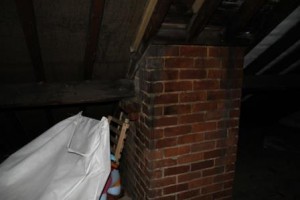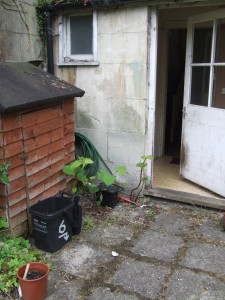 While conducting a recent Homebuyers Survey in Reading, we noticed something missing from the main roof space – a party wall.
While conducting a recent Homebuyers Survey in Reading, we noticed something missing from the main roof space – a party wall.
It was common in Victorian terraces for there to be no separating wall at the party line in the roof space. In some cases, one could walk all the way through the roof space straight down the terrace.
Nowadays we are a little more security and fire conscious and walls have been installed.
It is rare in Reading to find a property where this has not been done. We advised our client that a party wall should be installed. In doing so we saved the client considerable additional cost.
Installing an adequate wall may require a party wall agreement before remedial works are undertaken.
If you need Party Wall advice in Reading or Newbury call us for a quote.
It is rare that property purchasers look in the roof space they are often dirty and detract from the glamour of buying a new property. Why not let us look for you?
If you need a property survey in West Berkshire, call us for a quote. Get in touch on 01635 579 208.








